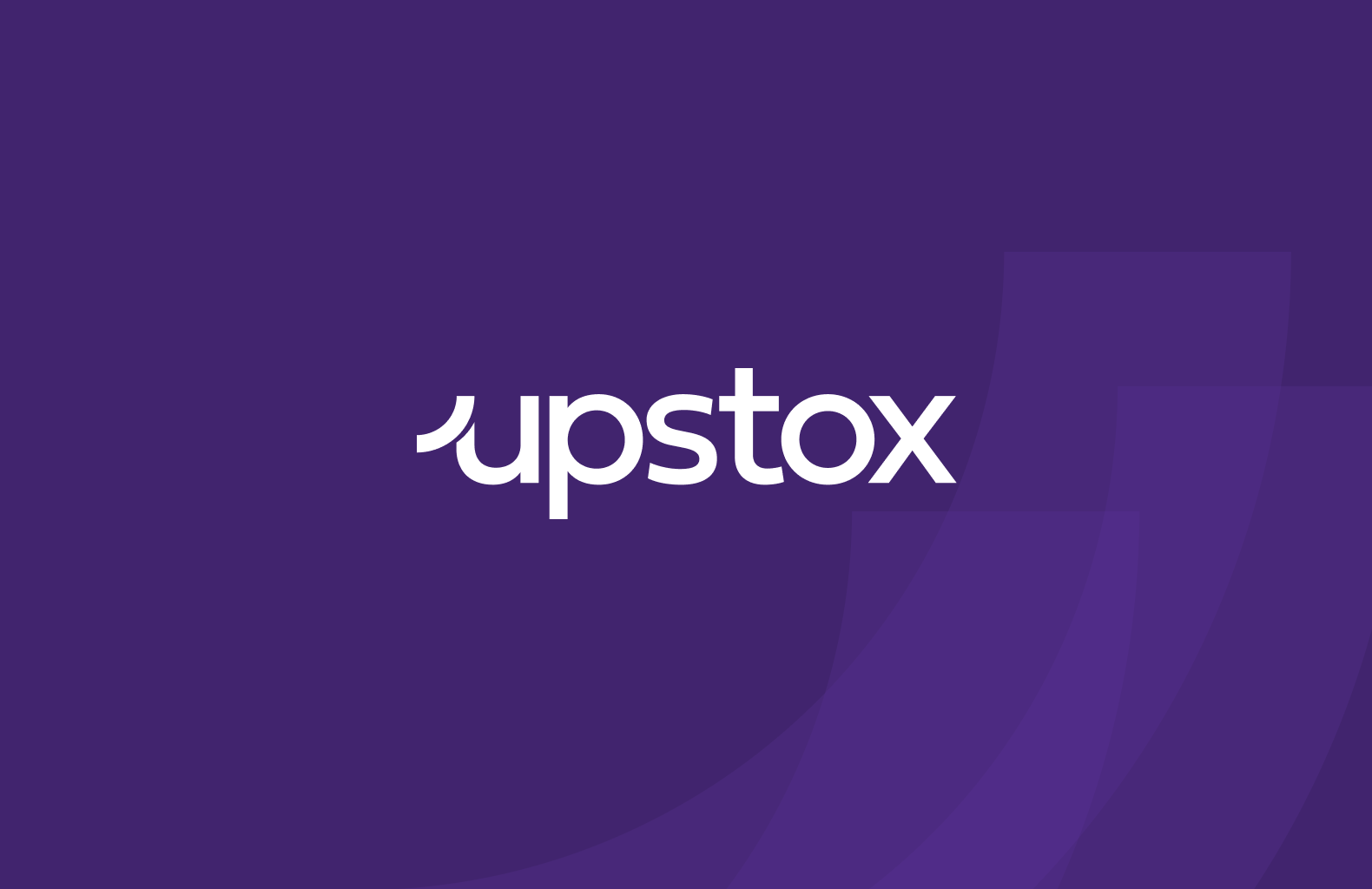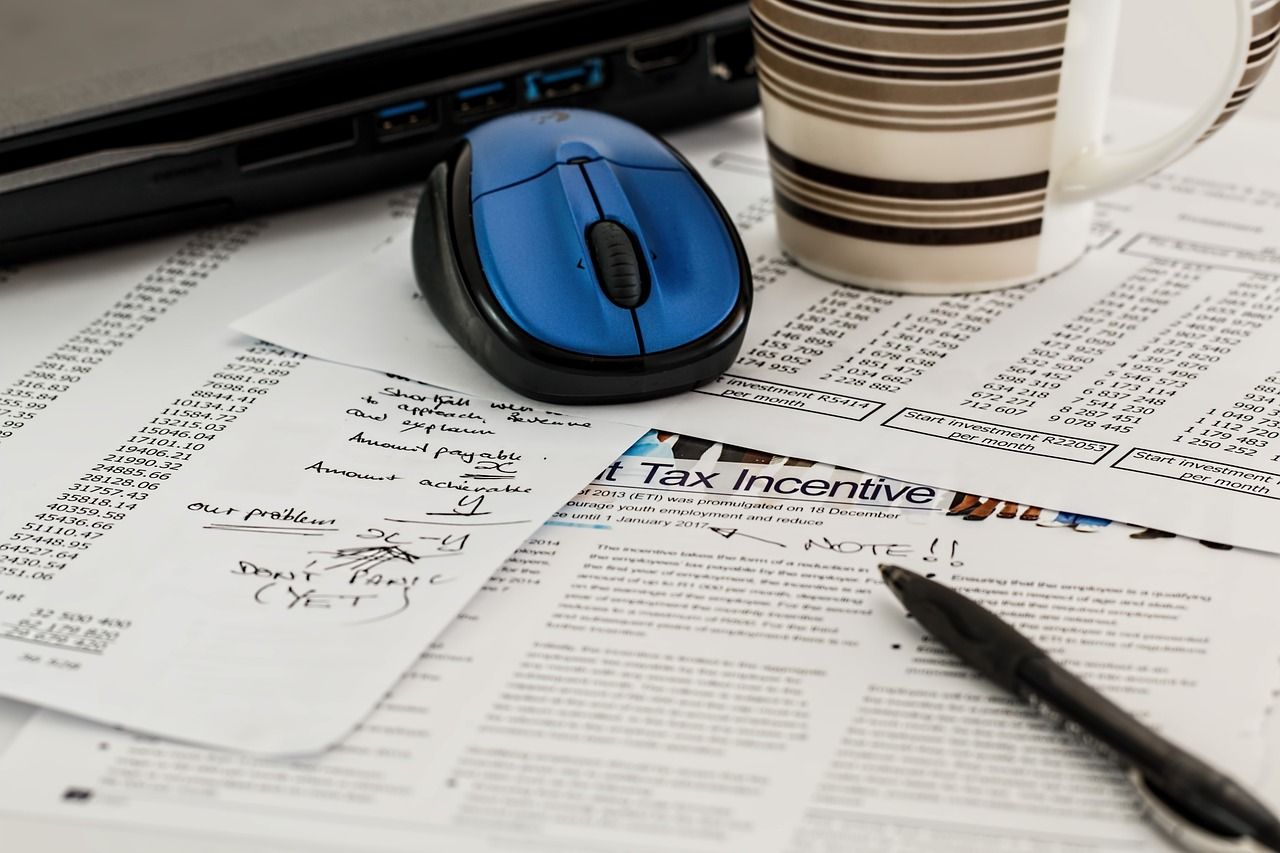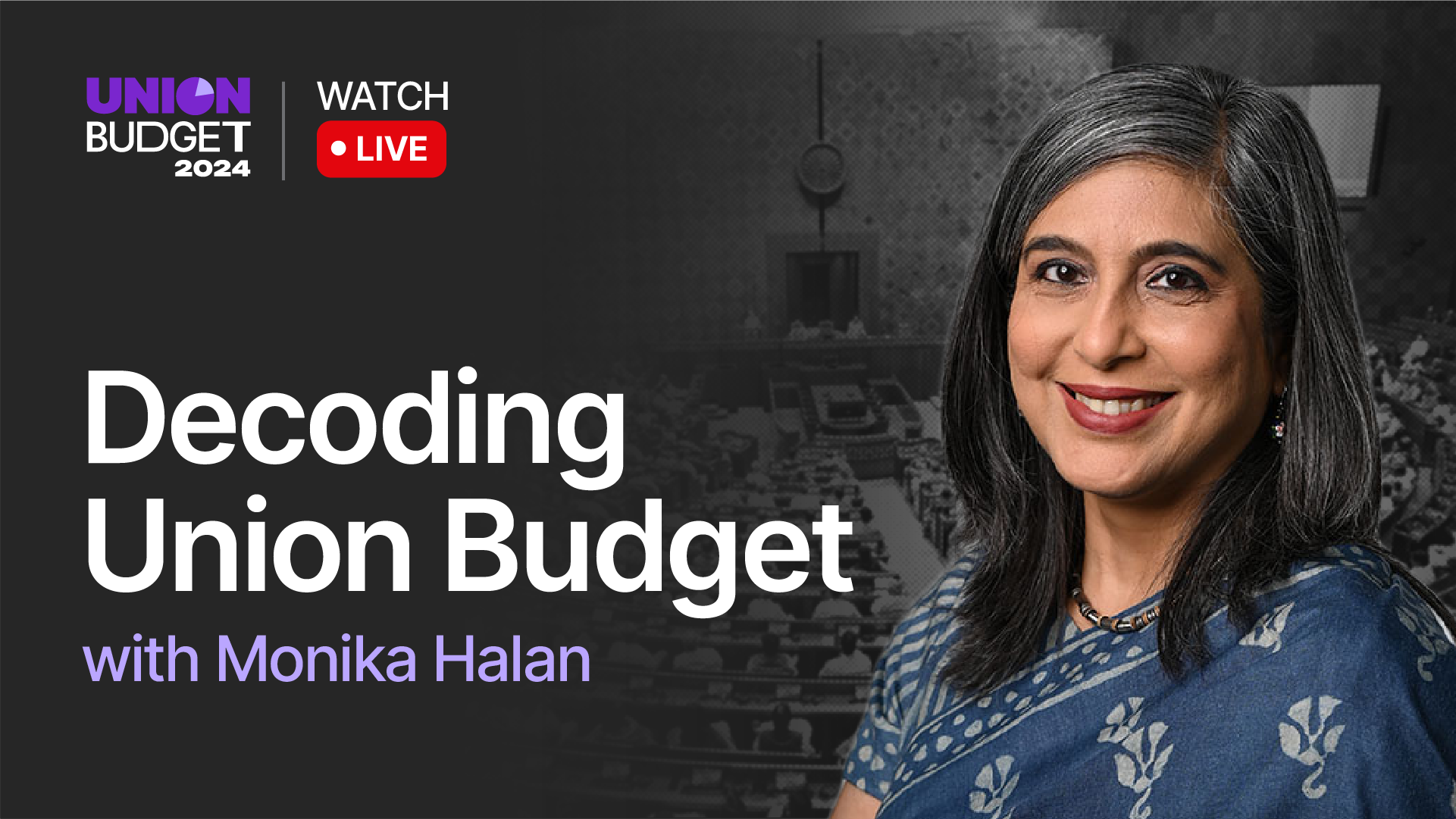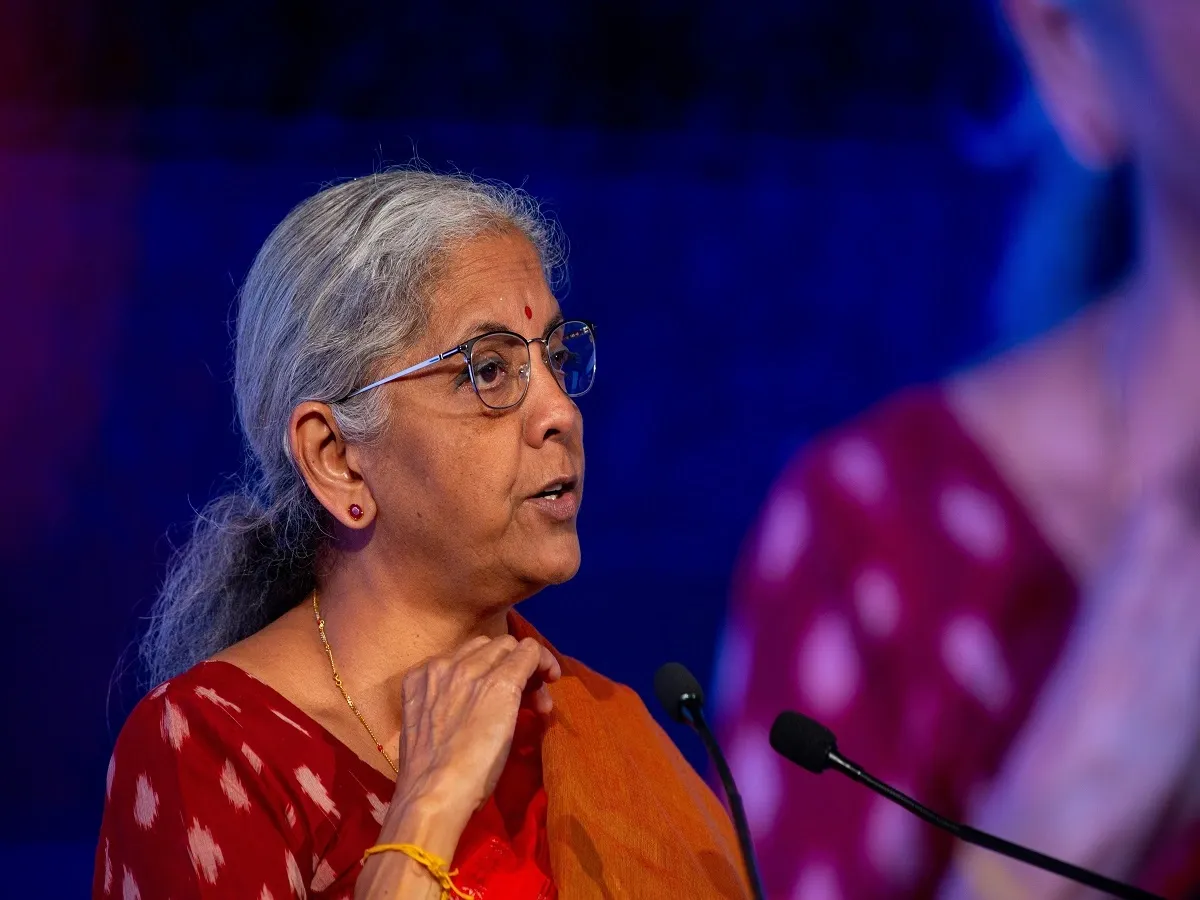Business News
Budget 2024: Are you a salaried taxpayer? Check these 5 allowances to save more tax

5 min read | Updated on January 25, 2024, 17:00 IST
SUMMARY
Apart from the popular Section 80C deductions, the salaries taxpayers can save more tax by opting for a few allowances in their salary structure.

Old tax regime is still favoured by a significant section of taxpayers.
The key factor that everyone keeps watch during the presentation of the Union Budget is the announcement on the income tax. Mostly, the single-point focus is on the second half of the Finance Minister’s budget speech to look for an announcement on personal income tax rates, exemptions or deductions that could possibly leave more disposable income in the hands of the taxpayers.
As Finance Minister Nirmala Sitharaman will be presenting the Interim Budget 2024 on February 1, all eyes will be on the announcements on income tax like past years. Since the start of financial year 2020-21, individual taxpayers have been given the option to choose between two tax regimes. While the old tax regime encourages the culture of investments via tax-saving instruments, the new tax-regime lets taxpayers take a call on how to use the money as it offers lower tax rates in lieu of no exemptions.
Call it an age-old habit, or neophobia (fear of the new), but the old tax regime is still favoured among a significant section of taxpayers as it promotes compulsory savings. Taxpayers use deductions offered under Section 80C of the Income Tax Act, 1961, to save taxes by building a large portfolio of investments.
However, not many are aware that, besides the popular deductions under Section 80C and other tax-saving tools like LTA (leave travel allowance), salaried employees can also avail exemptions on certain other allowances that help them meet day-to-day expenditure.
Before going into details, it is important to note here that you can claim tax exemption on such allowances only if they are a part of your cost to company (CTC) and not otherwise.
Here’s a list of some of the most common and relevant allowances available for salaried persons to save taxes under the old tax regime:
HRA
HRA, or house rent allowance, is a component of your salary provided by your employer to pay for your rented accommodation. To claim tax deduction on HRA, you need to produce a proof for the rent paid in the form of valid house rent receipts. If HRA is received by an employee who is living in his own house, or if he does not pay any rent, then it becomes fully taxable. In case of rented accommodation, the amount of exemption would be the lowest of the following: a) actual HRA received from employer, b) 40% of salary (50% if house situated in Mumbai, Kolkata, Delhi or Chennai) and c) rent paid minus 10% of salary.
It is also mandatory to report the PAN of the landlord to the employer if the rent paid is more than ₹1 lakh per annum.
Conveyance Allowance
Conveyance allowance is granted to meet the expenditure on conveyance while performing official duties. This can include the transportation cost that you incur while travelling from your residence to office and vice-versa. The current conveyance amount limit is ₹1,600 per month or ₹19,200 per annum. For physically handicapped employees, this limit is raised to ₹3,200 per month. Beyond these limits, the conveyance allowance becomes taxable in the hands of taxpayers.
Children education allowance
Taxpayers who have kids can avail children education allowance up to ₹100 per month per child. And this exemption can be availed for a maximum of 2 children. On top of this, hostel expenditure allowance of up to ₹300 per month per child (up to a maximum of 2 children) is also exempt from tax.
Special allowances
There are certain other special allowances for salaried taxpayers that are exempt to the actual extent of expenditure incurred, provided valid proof is presented. These include helper/assistant allowance to meet the expenditure incurred on a helper for official tasks. This also includes research allowance that is granted for encouraging academic research and other professional pursuits. The uniform allowance in jobs that requires employees to maintain their uniforms while carrying out official duties is also permitted under such deduction.
Food coupons
Salaried taxpayers can enjoy tax exemptions on even food and beverages provided by the employers to the extent of ₹50 per meal or less.
Food in office premises, or through non-transferable paid vouchers (like Sodexo) provided by an employer, is not taxable if cost to the employer is ₹50 (or less) per meal. If the value of the coupon exceeds ₹50 per meal, then the excess value is taxable.
So, if two meals are provided by an employer every working day, with the total number of such days being 22 in a month, then the tax exemption turns out to be a significant ₹2,200 per month.
As can be seen from the above examples, salaried taxpayers need not wait till the Budget announcement. They can simply trim their lax liabilities by bringing some unavoidable monthly expenses under the umbrella of tax-saving allowances. Just get in touch with your employer or your HR department and set the ball rolling.
About The Author
Next Story

